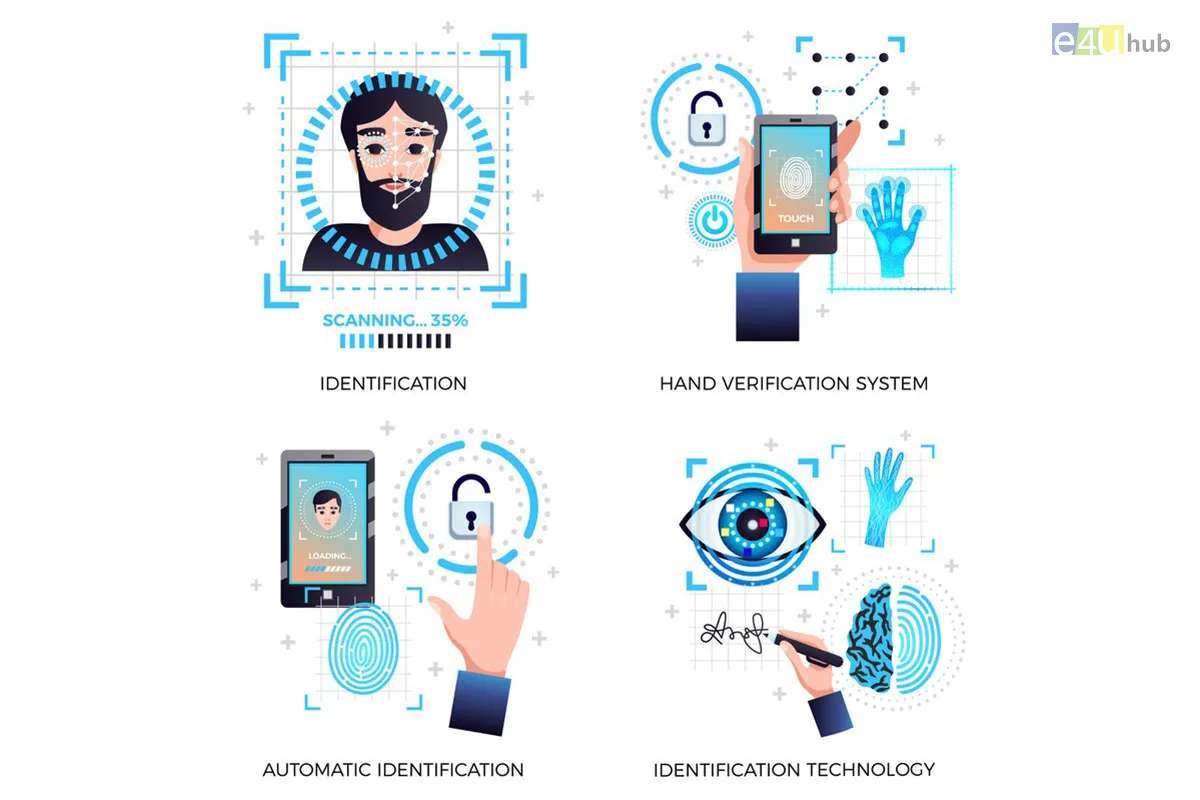
What is Blockchain Technology and Cryptocurrencies
- 26 Oct, 2023
- Tech
- 360 Views
- 0 Comments
Let's break down blockchain technology and cryptocurrencies:
Blockchain Technology:
Blockchain is a decentralized, distributed ledger system that records transactions across multiple computers in such a way that the registered transactions cannot be altered retroactively. Here are some key points about blockchain technology:
1) Decentralization: Unlike traditional centralized systems (like banks), blockchain operates on a decentralized network of computers (nodes). This means there is no central authority governing the entire system.
2) Distributed Ledger: The blockchain ledger is distributed across all participating nodes in the network. Each node has a copy of the entire blockchain. This distribution ensures transparency and security.
3) Cryptographic Security: Transactions on the blockchain are secured using cryptographic techniques. Each transaction is encrypted and linked to the previous transaction. Changing any information in a block would require changing all subsequent blocks, which is computationally infeasible.
4) Consensus Mechanisms: Blockchain networks use consensus algorithms to agree on the validity of transactions. Common methods include Proof of Work (used in Bitcoin) and Proof of Stake. These mechanisms prevent double-spending and ensure the integrity of the blockchain.
Cryptocurrencies:
Cryptocurrencies are digital or virtual currencies that use cryptography for security. They operate on blockchain technology and leverage encryption techniques to regulate the generation of units and verify the transfer of assets. Here are some key points about cryptocurrencies:
1) Digital Nature: Cryptocurrencies exist purely in digital form and have no physical counterparts like coins or banknotes. Transactions occur electronically.
2) Decentralization: Cryptocurrencies are typically decentralized and operate on a technology called blockchain. This means no central authority, like a government or financial institution, controls the currency.
3) Bitcoin: Bitcoin, created by an anonymous person or group known as Satoshi Nakamoto, was the first cryptocurrency and remains the most well-known. It introduced the concept of blockchain and serves as a decentralized digital currency.
4) Bitcoins: Besides Bitcoin, thousands of alternative cryptocurrencies (known as altcoins) have been created, each with its own unique features and purposes. Examples include Ethereum, Ripple (XRP), and Litecoin.
5) Mining and Validation: Cryptocurrencies are often created through a process called mining, where powerful computers solve complex mathematical problems to validate and secure transactions on the blockchain. Miners are rewarded with newly created cryptocurrency coins.
6) Use Cases: Cryptocurrencies can be used for various purposes, including online payments, remittances, investment, and even in smart contracts (self-executing contracts with the terms of the agreement between buyer and seller directly written into code).
It's important to note that the value of cryptocurrencies can be highly volatile, and investing in them carries risks. Additionally, regulatory environments for cryptocurrencies vary from country to country. As of my last update in January 2022, the landscape might have evolved, so it's always a good idea to check the latest developments and regulations if you are interested in cryptocurrencies.















Leave a Reply